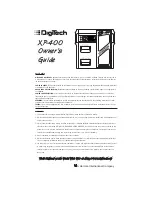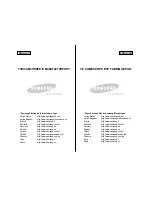
17
Ordering Fractions
• • • • • • • • • • • Using the activity in the classroom • • • • • • • • • • •
This activity may be introduced orally. The number line could be copied onto an overhead projec-
tor transparency or written on the board. Divide students into small groups and give each group a
fraction card. Have the groups discuss where to place their given fraction on the line. Groups then
take turns marking their fractions on the number line. Solutions can be discussed, together with
methods of checking the solutions. This should lead into converting common fractions to
decimal notation, and students can be shown how to do this on the calculator. It is important
that students are aware of the general method of converting common fractions into decimal
notation (dividing the numerator by the denominator), as well as the use of the fraction key
on the calculator.
• • • • • • • • • • • • • • • Points for students to discuss • • • • • • • • • • • • • •
It will be discovered that some of the fractions are equivalent to each other and this leads into the
second part of the activity. When the fraction 4/6 is entered into the calculator, pressing ‘=’ simpli-
fies the fraction to 2/3. Students should explore the results of entering different fractions, thus
generating sets of equivalent fractions. It is important that students are encouraged to understand
the concept of equivalence.
Further Ideas
Small groups of students are given a pack of cards with a different fraction on each card. The
Summary of Contents for EL-531RH
Page 1: ...SCIENTIFIC CALCULATOR TEACHER S GUIDE JULY 1999 EL 531RH ...
Page 56: ......
















































